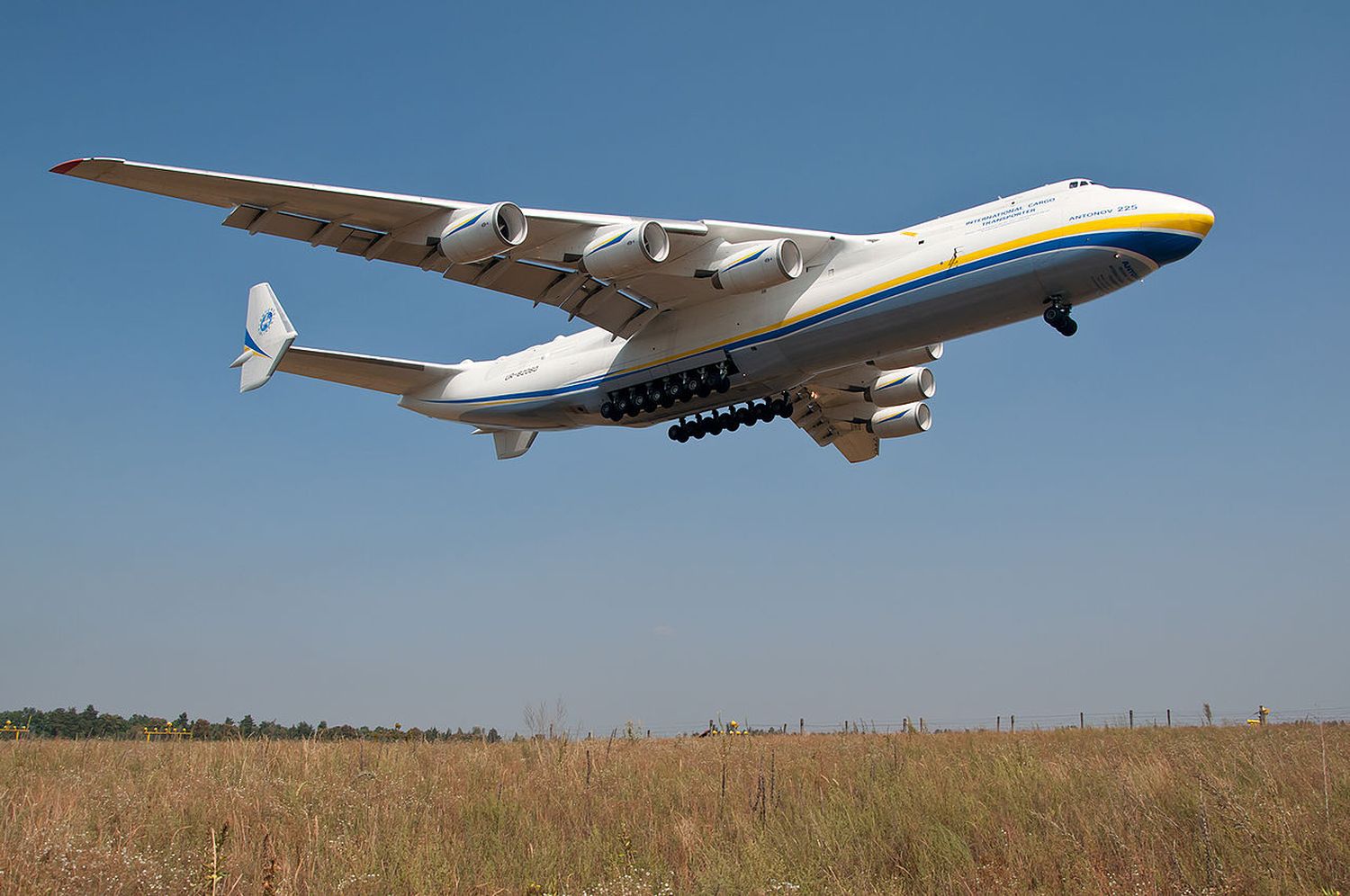The Antonov AN-225: Two years after the destruction of the giant in the invasion of Ukraine
This week marks two years since the destruction of the Antonov AN-225 Mriya aircraft in Gostomel, on the outskirts of Kiev, as a result of the invasion of Ukraine by Russian troops. The incident marked the end of the operational life of the largest commercial aircraft of all time.
The AN-225 was originally built in 1985, when Ukraine was still part of the Soviet Union (USSR), during the Cold War days. It was designed to transport the rockets and the Buran class space shuttles for the Soviet space program, serving as a substitute for the Myasishchev VM-T Atlant. It entered service on December 21, 1988, and was publicly displayed for the first time at the Paris Air Show in 1989.
See also: Antonov An-225: Glimpse into the Remnants of the World’s Largest Aircraft in Gostomel
During the 2000s, the demand for a second AN-225 became evident due to the commercial success of the aircraft in transporting ultra-heavy loads. Therefore, in September 2006, it was decided to start working on a second airframe, which was originally to be completed in 2008. However, work on the aircraft was abandoned in 2009 and, in May 2011, the CEO of Antonov mentioned that about 300 million dollars in funding would be needed, as reported by our associate media, Aeroin.
Currently, the AN-225 holds several significant records due to its size. In 2010, the aircraft transported the world’s largest single piece of air cargo, measuring 42.1 meters wide, consisting of test blades for wind turbines, from Tianjin in China to Skyrdstrup in Denmark.
Even after the destruction of the AN-225, Ukroboronprom, which manages Antonov, stated that the aircraft will be rebuilt after the end of the war. It is estimated that the restoration will cost around 3 billion dollars and will take up to five years to complete, although there is no set deadline for this.
See also: Antonov launches project to build a new An-225 Mriya
The birth of a giant
The Antonov An-225 Mriya is a transport aircraft manufactured in Ukraine, at that time part of the Soviet Union, in the year 1988.
Based on the Antonov An-124, the An-225 is the improved version of this and was created with the goal of transporting shuttles and components of the Soviet space program. The main need was to transport the Buran from Moscow to Kazakhstan and thus this project was created under the direction of engineer Nikolay Kaláshnikov.
Its fuselage was longer than that of its predecessor, two more engines were added, and its landing gear was modified with a total of 32 wheels. Its rear door and ramp were removed to save weight, and it was equipped with a double vertical stabilizer tail and a large-size horizontal stabilizer.
It was manufactured with a capacity for 6 crew members, a length of 84 meters, a wingspan of 88.4 meters, and a height of 18 meters. Its six Progress D-18T engines allow it to reach a maximum speed of 850 km/h, a range of 4,000 km, a flight ceiling of 11,000 meters, and a maximum cargo weight of 250,000 kg in its hold.
The specimen was completed in 1988, flew for the first time in December of that same year, and in 1989 was presented at the Paris Air Show. A second unit was built, only lacking its engines, but with the dissolution of the Soviet Union and the cancellation of the space program, both were stored.
By the end of the 1990s, Antonov Airlines needed a larger aircraft than its fleet possessed and chose the An-225. It was equipped with specific engines for the transport of heavy cargo and in 2002 it began its operations with the Stuttgart-Thumrait flight, carrying a load of 187.5 tons.
In addition to its high operational costs and the fact that not all airports are prepared to receive it, one of its disadvantages is that upon taking off, it generated such a large disturbance in the air that the next plane had to wait 15 minutes before being able to do so.



Comentarios
Para comentar, debés estar registrado
Por favor, iniciá sesión